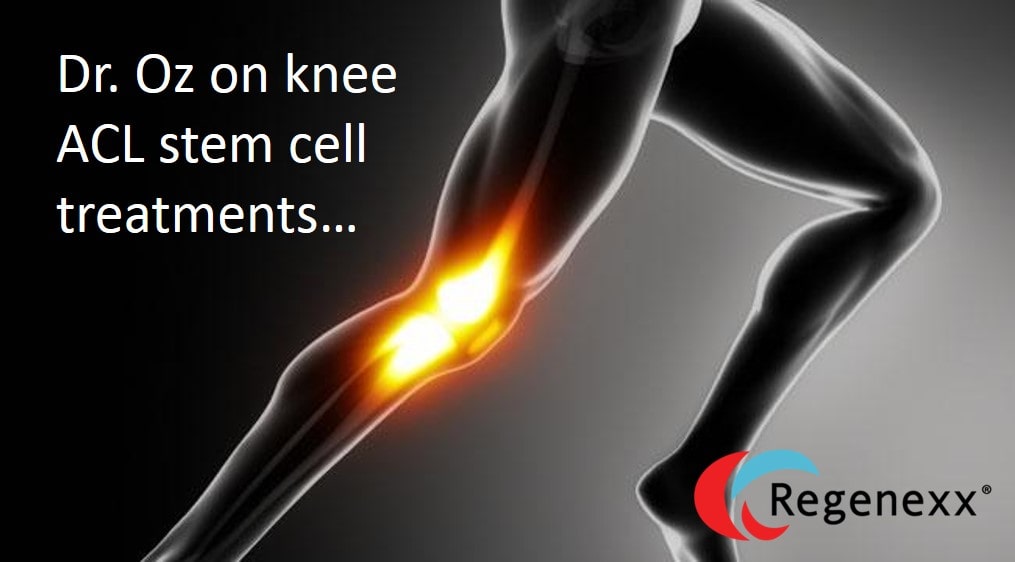

It’s done in much of the rest of the world, however. But the FDA prohibits that in the US at this time. “If we could take the bone marrow to the lab and isolate the small population of stem cells and expand them in culture – then we’d really have something,” he says. “The number of true stem cells in bone marrow and fat is vanishingly small,” explains Brian Halpern, MD, a sports medicine specialist at HSS. Keep in mind: There’s no evidence that stem cells can restore lost tissue or cause cartilage to grow.

are not going to work for bone-on-bone arthritis, but they are helpful when people are just starting to have some pain and swelling.” Riley Williams III, MD, who directs the Institute for Cartilage Repair at the Hospital for Special Surgery (HSS) in New York City says, “I’m really excited about the prospects for treating very early arthritis and some chronic overuse injuries. The theory is that the stem cells will initiate tissue regeneration in the joint.īenefits: MSCs stimulate the production of anti-inflammatory proteins and growth factors. There is evidence – from studies of varying quality – that MSCs are safe and can improve pain and function in arthritic joints. How it works: Mesenchymal stem cells (MSCs), which are found mainly in bone marrow and fat, are usually used for these procedures. The stem cells are separated from other tissue components and are then injected into your painful joint. The idea that stem cells might be a source of renewable tissue for almost any part of the body is the basis for this line of treatments. In adults, a small number of these unspecialized cells lie dormant in many organs and tissues. Stem cells can make copies of themselves and turn into other types of cells. Keep in mind: Studies suggest the preparation method, the type of centrifuge used and even the delivery method can significantly affect the results. Most insurers don’t cover PRP out-of-pocket costs can range from $500 to $2,000. This blood component contains growth factors and other nutrients. PRP is thought to boost that natural response.īenefits: PRP is done fairly quickly and generally requires only one injection. It provides symptomatic relief that may last three to six months. In some studies, PRP outperformed and sometimes outlasted hyaluronic acid or corticosteroid injections. “But does it have a benefit that goes beyond pain relief? We just don’t know,” says Christopher Evans, PhD, director of Mayo Clinic’s Musculoskeletal Gene Therapy Research Lab. How it Works: Your body’s first response to injury is to send platelets to the site. The platelets are then injected into problem areas. Blood is drawn from the patient and spun in a centrifuge to separate the platelets from other blood components. Platelet-rich plasma (PRP) is probably most widely performed of these procedures.


 0 kommentar(er)
0 kommentar(er)
